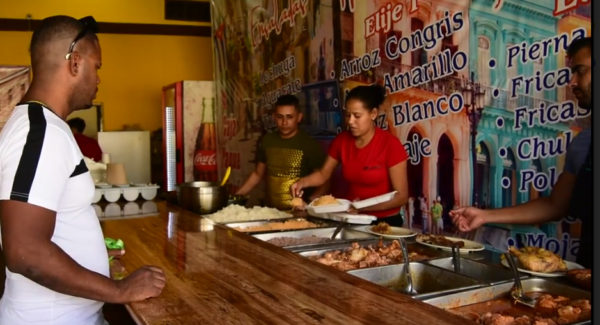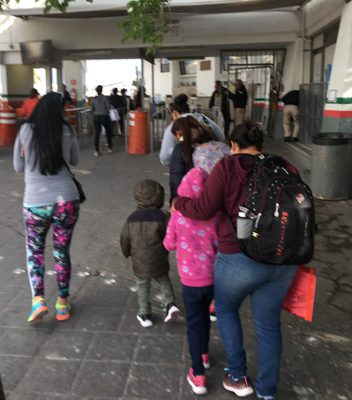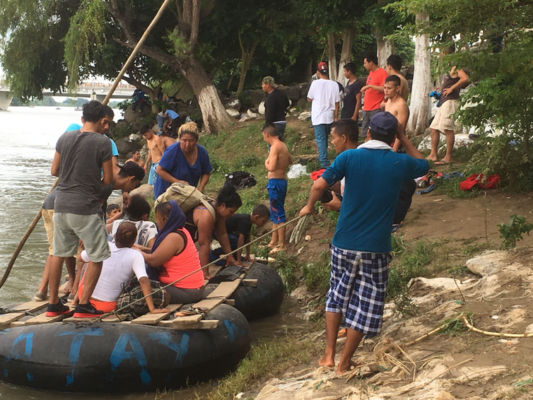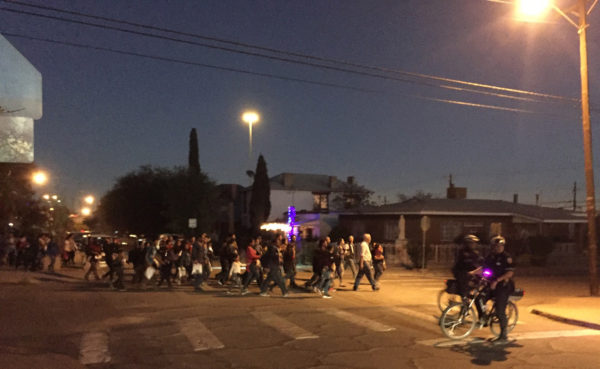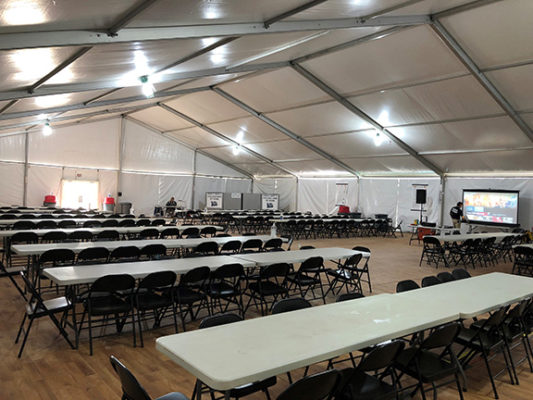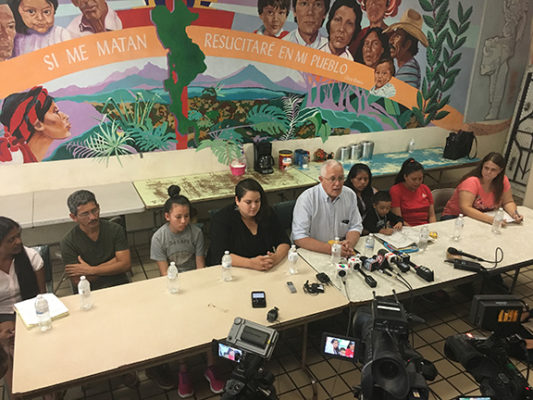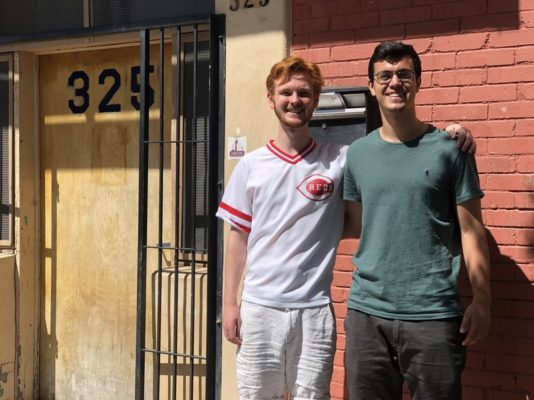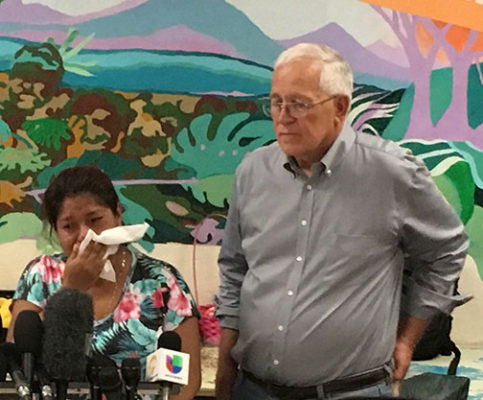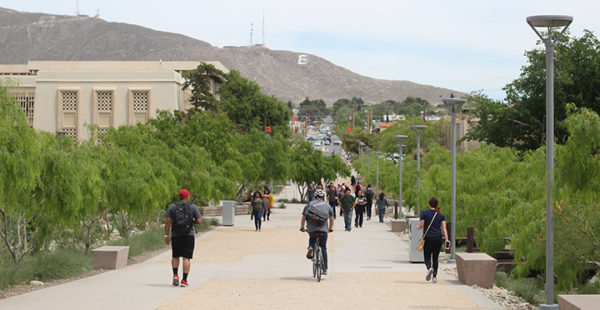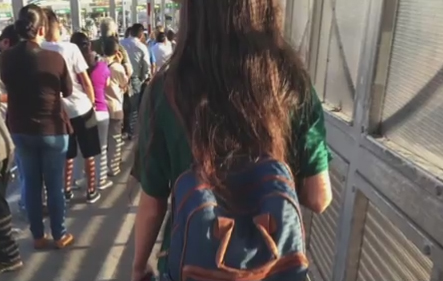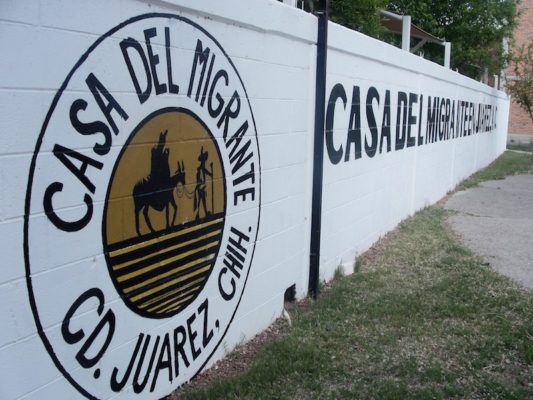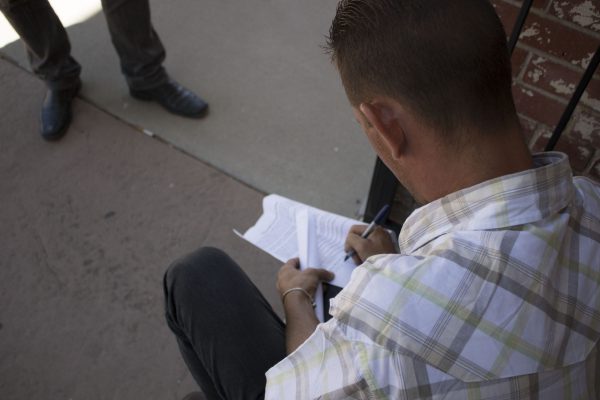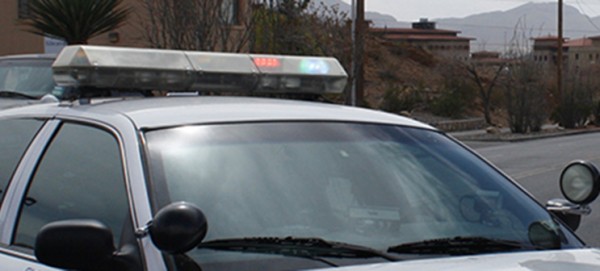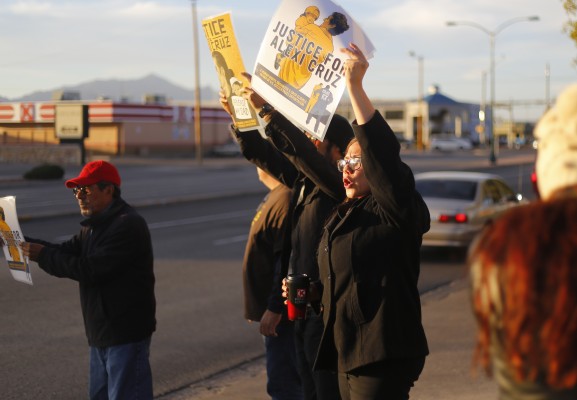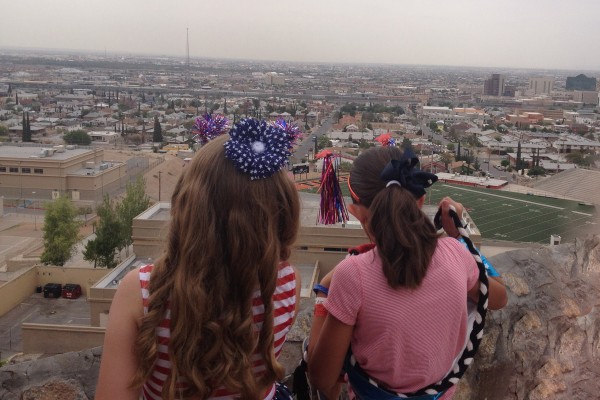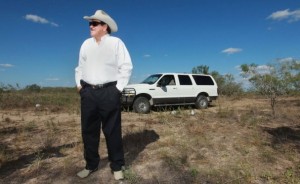What the Supreme Court’s DACA ruling means for El Pasoans
|
by Elida S. Perez, El Paso Matters
An El Paso man who has been allowed to stay in the United States under the Obama administration’s DACA program celebrated a Supreme Court decision Thursday that allowed the program to continue. But he also noted he and other people who came to the United States as children without legal authorization still face an uncertain future. “At the end of the day we just don’t know what’s going to happen tomorrow. It’s hard living on a tightrope,” said David Gamez, 24. Josue Tayub is a 36-year-old DACA recipient and nurse who works in the intensive care unit at an El Paso hospital.


